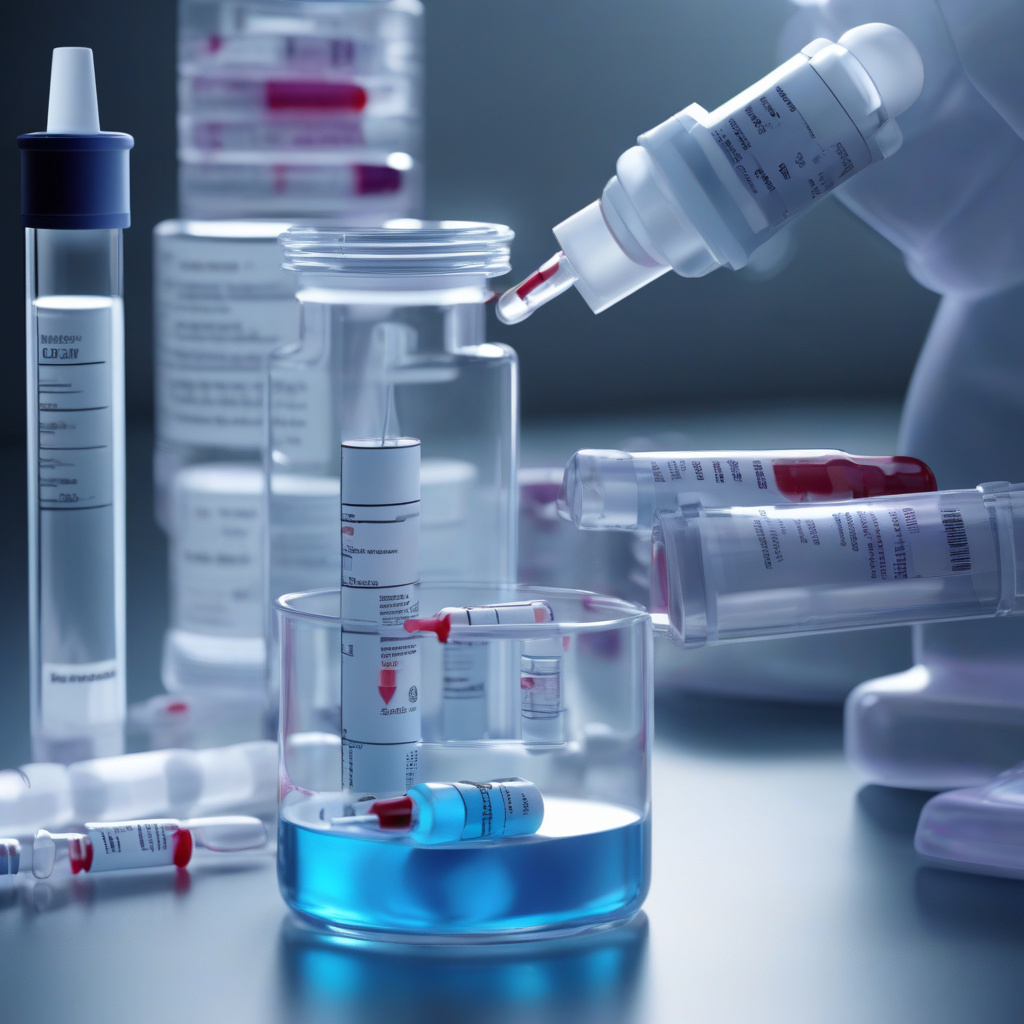Hydrogel Makes Drug Release 20 Times Slower, Keeping Treatments Effective for Weeks
For many patients, taking medicine on time is harder than it sounds. Missed doses cause a myriad of issues, from reduced treatment effectiveness to potential health complications. However, a groundbreaking solution is on the horizon – hydrogels. These innovative materials have the potential to revolutionize drug delivery systems by significantly slowing down drug release, ensuring treatments remain effective for extended periods, sometimes up to weeks.
So, what exactly are hydrogels? Hydrogels are three-dimensional, hydrophilic, polymeric networks capable of absorbing and retaining large amounts of water or biological fluids. They have gained significant attention in the medical field due to their unique properties, such as high water content, biocompatibility, and the ability to mimic biological tissues. These characteristics make hydrogels an ideal candidate for drug delivery applications.
One of the most remarkable features of hydrogels is their ability to control the release of drugs. By encapsulating drugs within the hydrogel matrix, the release rate can be significantly slowed down compared to traditional drug delivery systems. This slow and sustained release offers several advantages. Firstly, it can prolong the therapeutic effect of the drug, allowing for less frequent dosing and improved patient compliance. Secondly, it can reduce the risk of side effects by maintaining drug concentrations within the therapeutic window for an extended period. Lastly, it can enhance the overall efficacy of the treatment by ensuring a constant and uniform drug release.
The impact of hydrogels on drug delivery has been particularly significant in the treatment of chronic conditions that require long-term medication. For example, in the case of diabetes, patients often struggle to adhere to strict medication schedules, leading to fluctuations in blood sugar levels. By utilizing hydrogels to deliver insulin, the release of the hormone can be prolonged, mimicking the physiological secretion pattern more closely. This not only improves the patient’s quality of life but also enhances the overall management of the disease.
Moreover, hydrogels have shown promise in the field of cancer treatment. Chemotherapy, while effective, is often associated with severe side effects due to high drug concentrations and frequent dosing. By incorporating chemotherapeutic agents into hydrogels, the release rate can be controlled, reducing the toxicity to healthy tissues and improving patient tolerance to the treatment. Additionally, the localized delivery of drugs using hydrogels can target specific tumor sites more effectively, increasing the overall efficacy of the therapy.
In addition to their application in drug delivery, hydrogels have found utility in tissue engineering and regenerative medicine. Their ability to mimic the extracellular matrix and provide a supportive environment for cells to grow and differentiate makes them invaluable in repairing damaged tissues and organs. By incorporating growth factors or stem cells into hydrogels, researchers can create bioactive scaffolds that promote tissue regeneration and wound healing.
In conclusion, hydrogels represent a promising advancement in the field of drug delivery, offering a versatile platform for controlling the release of therapeutics. By harnessing the unique properties of hydrogels, researchers and healthcare professionals can develop innovative strategies to improve treatment outcomes, enhance patient compliance, and mitigate the side effects of medications. As the understanding of hydrogels continues to evolve, we can expect to see even more sophisticated drug delivery systems that revolutionize the way we approach healthcare.
#Hydrogel, #DrugDelivery, #TreatmentEfficacy, #MedicalInnovation, #HealthcareAdvancements












